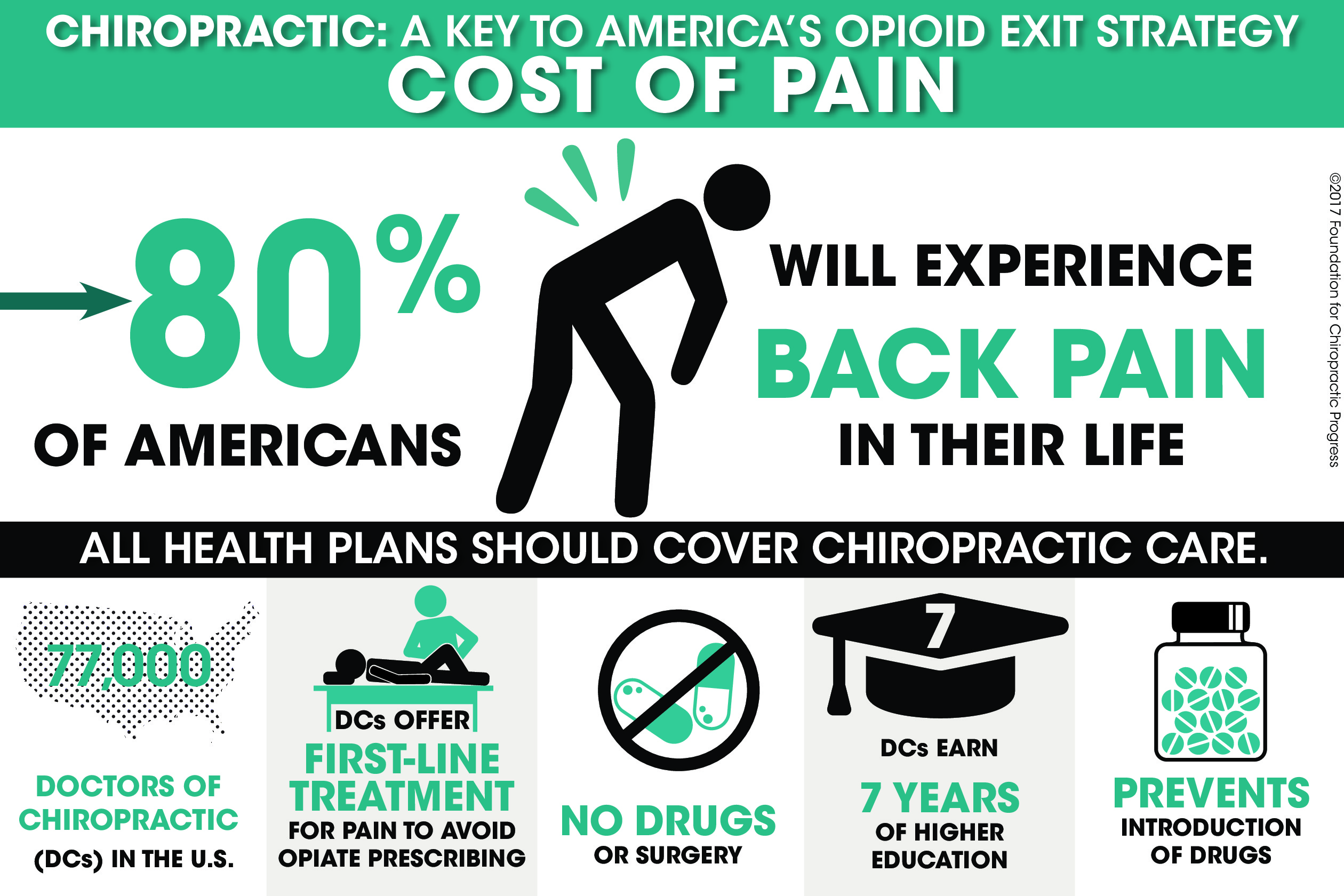Prepare To Uncover The Appealing Cellular Interactions Of Cold Laser Treatment And Just How It Utilizes Light For Recovery-- Dive Much Deeper Right Into The Science!
Prepare To Uncover The Appealing Cellular Interactions Of Cold Laser Treatment And Just How It Utilizes Light For Recovery-- Dive Much Deeper Right Into The Science!
Blog Article
Created By-Castro McIntosh
You may have become aware of cold laser treatment as an encouraging therapy option for numerous problems, but have you ever wondered exactly how it in fact deals with a mobile level? Understanding the mechanisms behind this treatment can clarify its efficiency in promoting healing and reducing inflammation. By exploring the scientific research behind cold laser treatment, you'll gain understandings right into the fascinating ways in which light can affect mobile processes and facilitate cells repair service.
Exactly How Cold Laser Treatment Works
To understand exactly how cold laser therapy functions, you require to comprehend the essential concepts of how light power communicates with organic cells. Cold laser treatment, additionally referred to as low-level laser therapy (LLLT), uses details wavelengths of light to pass through the skin and target underlying tissues. Unlike laser therapy near me used in surgical procedures, cold lasers give off reduced levels of light that don't produce heat or trigger damage to the cells.
When these gentle light waves reach the cells, they're soaked up by elements called chromophores, such as cytochrome c oxidase in mitochondria. This absorption activates a series of organic actions, including enhanced cellular power production and the release of nitric oxide, which boosts blood flow and decreases swelling.
Furthermore, the light power can likewise boost the manufacturing of adenosine triphosphate (ATP), the energy money of cells, helping in cellular repair work and regeneration procedures.
Essentially, cold laser therapy uses the power of light energy to promote healing and reduce pain in a non-invasive and mild manner.
Mechanisms of Action
Just how does cold laser therapy really work to generate its restorative effects on biological cells?
Cold laser therapy, also known as low-level laser therapy (LLLT), runs via a process referred to as photobiomodulation. When the cold laser is related to the skin, the light energy penetrates the cells and is absorbed by chromophores within the cells.
connecticut hair restoration , such as cytochrome c oxidase in the mitochondria, are then promoted by the light energy, resulting in a cascade of organic reactions. One crucial device of action is the enhancement of mobile metabolic rate.
The soaked up light power increases ATP manufacturing in the mitochondria, which is vital for mobile feature and fixing. In addition, cold laser therapy helps to lower swelling by preventing inflammatory arbitrators and promoting the launch of anti-inflammatory cytokines.
This anti-inflammatory effect adds to discomfort alleviation and tissue healing.
Restorative Impacts
Understanding the therapeutic impacts of cold laser therapy includes recognizing just how the improved cellular metabolism and anti-inflammatory properties add to its positive outcomes on biological tissues.
When just click for source is applied to the afflicted area, it promotes the mitochondria within the cells, causing increased manufacturing of adenosine triphosphate (ATP), which is important for mobile feature and repair. This boost in mobile energy increases the healing procedure by advertising cells regeneration and reducing swelling.
Additionally, the anti-inflammatory residential properties of cold laser therapy help to reduce discomfort and swelling in the targeted area. By preventing inflammatory arbitrators and promoting the release of anti-inflammatory cytokines, cold laser treatment help in alleviating discomfort and enhancing the total healing reaction.
This decrease in swelling not just provides prompt relief however also sustains lasting cells repair service.
Verdict
Finally, cold laser therapy functions by promoting cellular repair work and tissue regeneration through photobiomodulation. Its anti-inflammatory properties give discomfort relief and lower swelling by hindering inflammatory conciliators.
This therapy offers an extensive approach to recovery, providing both instant alleviation and long-term cells repair work benefits.
Via its devices of activity, cold laser treatment confirms to be an effective and encouraging therapy alternative for a range of problems.
